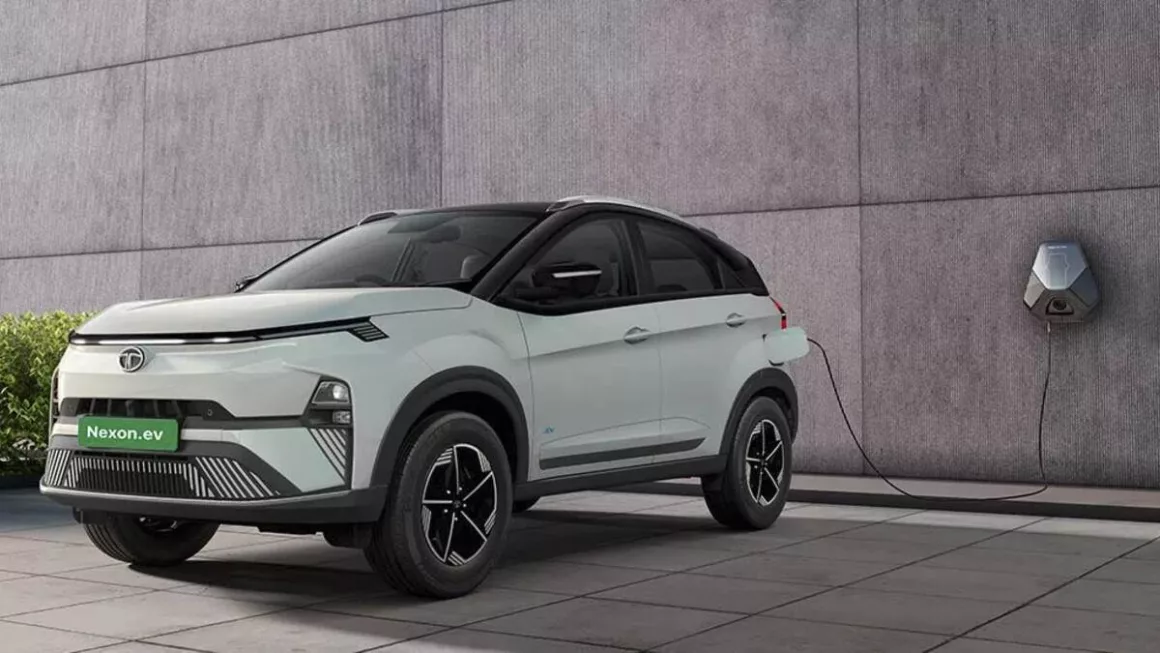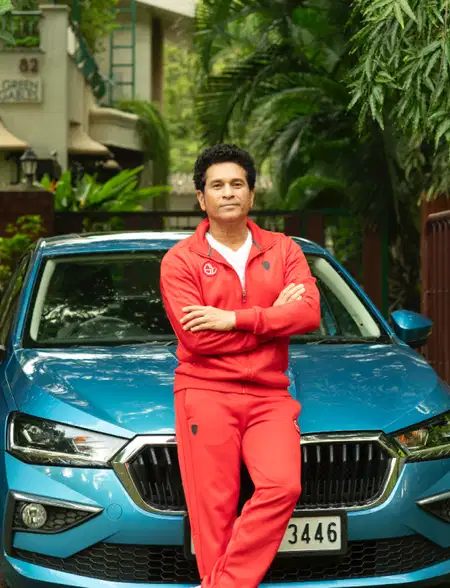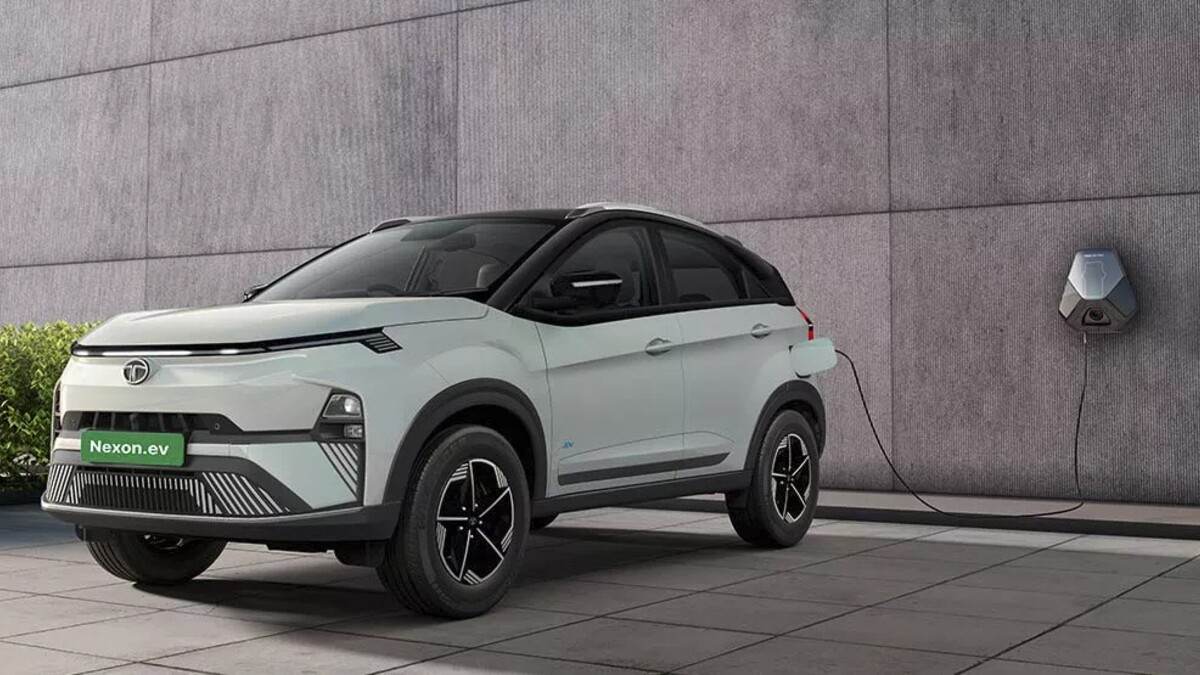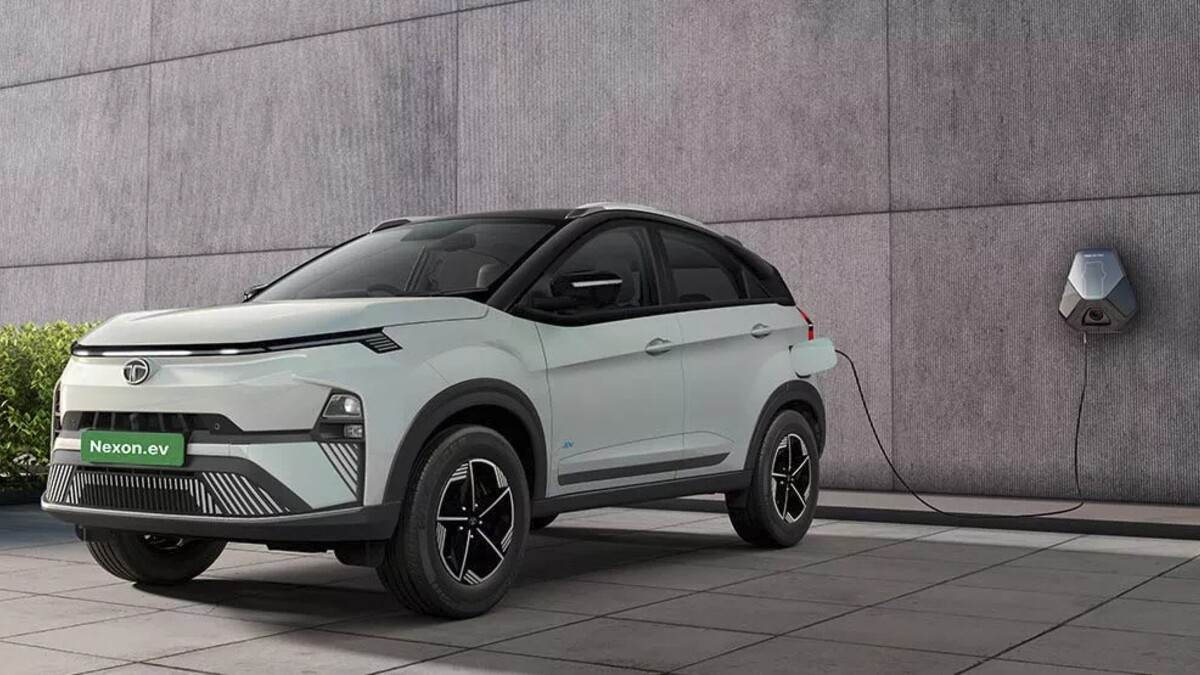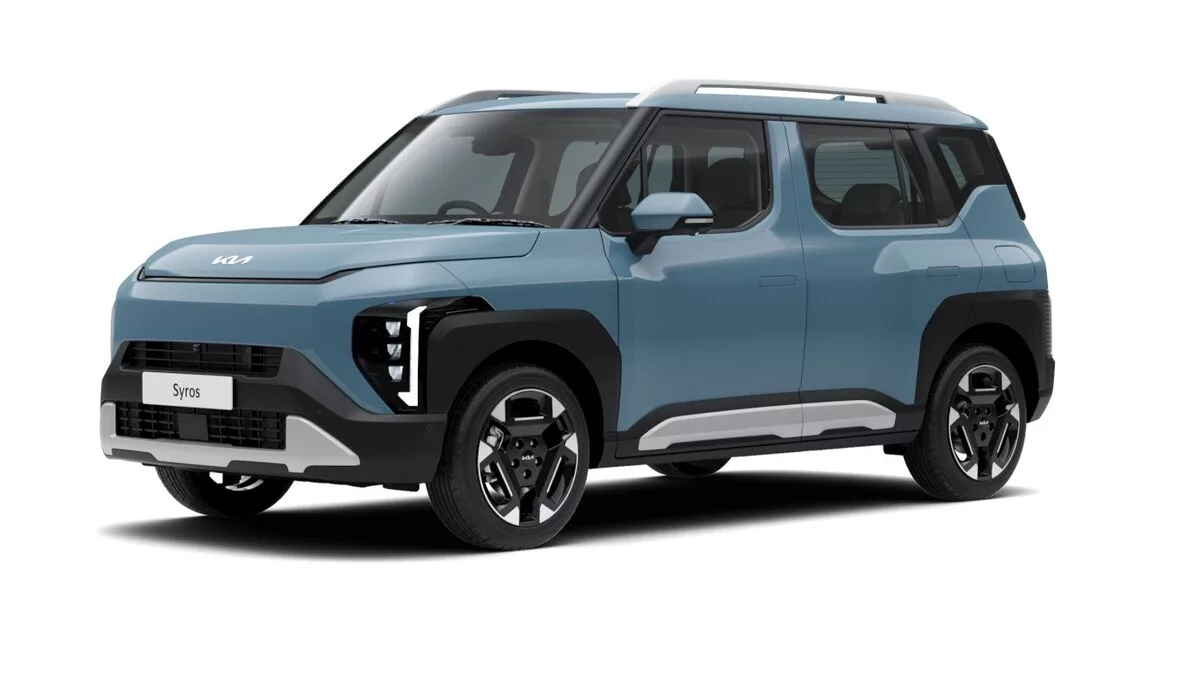Electric cars are becoming more popular every day, thanks to their sustainability and cost-efficiency. But even with all their benefits, a lot of people remain apprehensive when it comes to considering an EV as their next car. This is because many myths surrounding EVs, which are far from the truth. If these myths are making you think twice about buying an electric car, don’t worry. In this article, we bust the top 10 myths about EVs, giving you the facts you need to make a smart choice.
Also read: How do Electric Cars Work?
There are not enough charging stations
Modern-day EVs are engineered to be easily charged from multiple sources including home chargers. But if you feel the need to charge your EV on the roads, there are more than 12,146 charging stations in India as of February 2024 and their population is growing at an exponential rate thanks to several measures by the Government. For example, they are setting up at least 1 charging station in a 3×3 km grid and 1 charging station every 25 km on both sides of national expressways and highways.
Electric Vehicles are Expensive
One of the biggest myths surrounding electric cars is the notion that EVs are expensive and unaffordable. While there is no doubt that the initial cost of buying an EV is indeed expensive as compared to ICE counterparts, the same cannot be said when it comes to overall running and ownership costs. For perspective, an average hatchback generally offers a running cost of about Rs. 7 to 8 per kilometre on petrol. Electric Vehicles, on the other hand, offer a running cost of about Rs. 1 to 1.5 per kilometre which is substantially cheaper and lighter for your pockets. This means that if you drive your car for about 1200 kilometres a month, then you will end up spending around Rs. 9,600 a month on fuel expenses. Compare this to an EV, and the cost falls to as low as Rs. 1800 for the same distance. Moreover, you can also choose to bring down the overall charging cost further, by setting up a Level-2 charger at home for cheaper, flexible and more convenient charging. That’s not all, with fewer moving parts to look after, EVs will also help you save big in terms of maintenance costs thereby reducing the overall cost of ownership even further.
Electric Vehicles Do not offer enough range.
A deep-rooted myth surrounding EVs is that they do not offer much range, and one cannot travel too far on a single charge. Well, the reality is that modern-day EVs are equipped with efficient, smart and sophisticated battery packs that offer long enough ranges for your daily runs, with even regenerative modes to efficiently optimise the best possible range for your journeys. Take the Tata Tiago EV for example. The entry-level trims of the hatchback come with a smaller 19.2 kWh battery pack that offers a real-world range of up to 200 kilometres. For perspective, this range is enough for a 50-kilometre drive daily for over three days without a charge. And for those longing for long drives, the charge is enough to take you the distance. Moreover, a majority of EVs also offer the flexibility of choosing a bigger battery pack on higher trims, for those who prefer long-distance travelling or longer-range inter-city travel.
Charging an Electric Car takes forever
With charging technology constantly improving, charging durations of EVs have substantially fallen. Today, there are three ways to charge an EV. These include Level 1, Level 2 and Level 3 charging. Level-1 charging uses conventional 120 V household sockets to charge your EV over a longer duration of time. This kind of charge is perfect for those who are comfortable charging their EVs overnight, albeit at a slower pace. Level-2 charging, on the other hand, supports up to 240 V of charging and can juice up your EVs 2-3 times faster. A Level-2 charging outlet can easily be set up at home by contacting your EV dealership. If both of these methods do not cater to your charging needs, then you also have an option of charging your EV with a Level-3 DC Fast charger, that uses up to 480 V to rapidly charge your EV from 0 to 80 in a short span of time. This kind of fast charging can come in handy when you need to rapidly charge up your EV or when you are out on a road trip. However, despite the faster pace, it is always recommended to charge your EV with a Level-1 or 2 charger, to protect your battery from overheating, especially in situations when you forget to turn off the fast charger. Even otherwise, it is advisable to maintain a 20 to 80% battery cycle and avoid chagrin to 100% or letting your battery reach 0%. So, if you know when and how to charge your EV, then charging is as simple as a child’s play.
Also read: How To Install an EV Charger at Home?
EV Batteries Don’t Last Long
Those who think EV batteries do not last long are highly mistaken. The fact is the average life of modern-day lithium-ion batteries is 10 to 20 years. Yes, you read that right. Moreover, today, most EV batteries come with an 8 year/1,50,000 km warranty which is more than enough for average Indian users who do not usually clock in 1.5 lakh kilometres on their cars’ odometers in eight years.
EVs are not good for extreme climate countries like India
Norway, Iceland and Sweden. These are the names of a few European countries that have truly led the way for EV adoption in Europe in 2022. And surprisingly enough, these are also a few of the countries that have far from ideal climate conditions. Gone are the days when batteries used to be extremely sensitive to temperatures. Modern-day Lithium-Ion batteries are truly built to last long, even in extreme weather conditions. With superior thermal endurance, EV batteries can efficiently perform in all kinds of climates, be it Iceland’s freezing cold winters, or Delhi’s burning hot summer. In fact, India is one of the leading EV adopters, despite its varying climatic conditions.
EVs are not as green as they claim to be
The idea that EVs are not as green as they claim to be, comes from the fact that the electricity we use is still largely produced in thermal power plants which are major contributors to air pollution. So, if not directly, EVs indirectly cause air pollution. Well, this is just partly true.
There is no doubt, electricity is still largely produced in thermal power plants which burn a lot of coal in the process of producing electricity. But India is rapidly moving towards renewable sources of electricity and has covered a lot of ground in the past few years. Today, non-fossil fuel-based power plants yield about 45.5 per cent of the country’s total electricity production. With growing greener energy, EVs will continue to be favourites as environment-friendly vehicles. Moreover, at the end of their life, Electric Car batteries can easily be recycled which can prevent hazardous materials from entering our waste.
The grid can’t handle the EV demand
Another myth that surrounds EV adoption in India, is that the power grid cannot handle large-scale EV adoption so it’s pointless to think that EVs are the future. The reality is, that with over 2.27 million electric vehicles in India as of FY 2022-23, India is rapidly heading towards large-scale EV adoption. Despite such a seemingly large number of EVs already sold, EVs still are only around 1% of all the vehicles on the road. As of now, EVs together take up only a minute fraction of the power grid that produces more than 1,624 billion units and things will continue to remain that way for years to come. This is because the overall power generation of India has grown by 8.87% in FY 22-23 and is on a trajectory to grow even more for years to come. Therefore, considering the Indian government’s ambition of EVs making up 30% of the total vehicle sales, the growth in India’s overall power generation is enough to tackle the response.
EVs can get damaged in rain and can be dangerous to charge in monsoons
Modern-day EVs are built to last long and survive not only temperature fluctuations but also water damage. All electric vehicles in India are built with compliance to Ingress Protection (IP) norms as standard. This is why almost all EVs in India come with an IP67 rating or more; here 67 depicts protection against two major elements that are dust and water. For reference, anything past 67 is generally used for specialized equipment such as submarines. Thus, an EV that is regularly maintained and serviced would not malfunction in the face of water.
